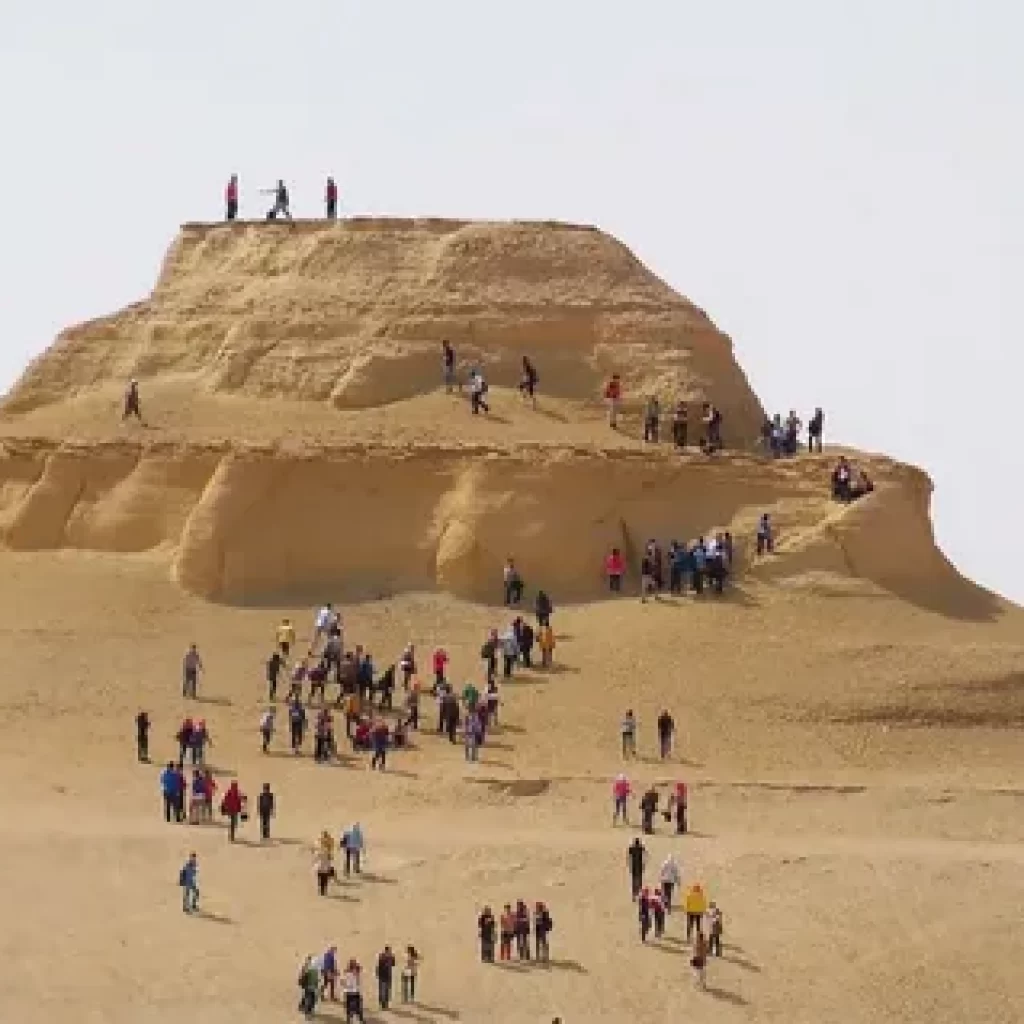
Echoes of Wilderness: Wadi Rayan Protected Area
Situated amidst the shifting sands to the west of Cairo, lies an extraordinary ecological marvel – the Wadi Rayan Protected Area. Here, amidst the arid landscape, nature has carved out a sanctuary of unparalleled beauty, characterized by lush valleys, cascading waterfalls, and a habitat for rare wildlife. It’s a destination that beckons adventurers and nature enthusiasts alike, offering a precious glimpse into a world untouched by human hands.
Within the confines of the Wadi Rayan Protected Area, visitors are greeted with a landscape that seems almost surreal against the backdrop of the surrounding desert. Verdant valleys stretch out, adorned with a tapestry of flora that thrives in this unique ecosystem. Waterfalls cascade down rocky precipices, their crystalline waters adding a touch of serenity to the rugged terrain. And amidst this natural splendor, elusive species of wildlife find refuge, their presence a testament to the area’s pristine condition.
Exploring Wadi Rayan is akin to embarking on a journey through an oasis in the desert. Every corner reveals a new facet of its untouched beauty, captivating the senses and stirring the soul. It’s a place where time seems to stand still, allowing visitors to immerse themselves fully in the wonders of the natural world.
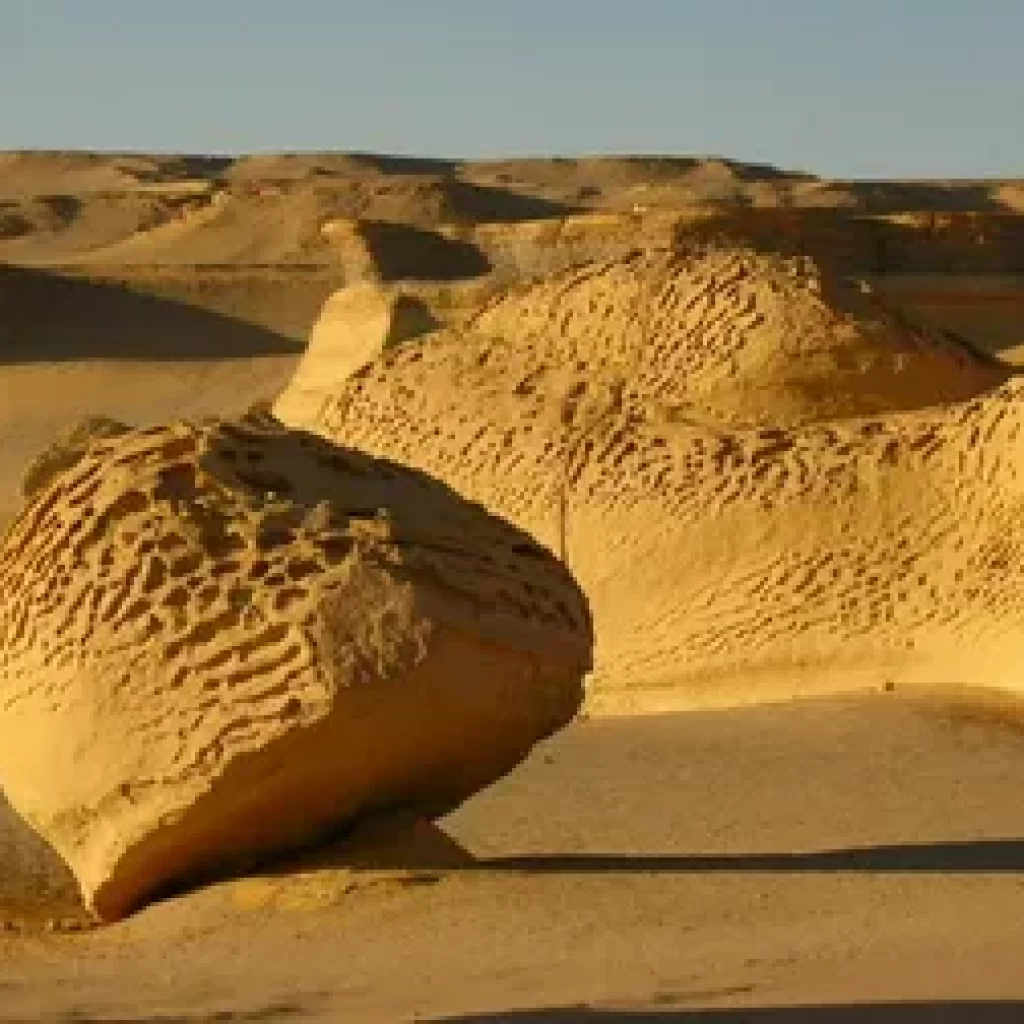
For those seeking respite from the hustle and bustle of urban life, Wadi Rayan offers a sanctuary of tranquility. Here, amidst the rustle of leaves and the gentle rush of water, one can find solace in the embrace of nature. It’s a place where the stresses of modern living melt away, replaced by a profound sense of peace and connection with the earth.
Indeed, Wadi Rayan is more than just a destination – it’s an experience that leaves a lasting impression on all who venture into its midst. Whether hiking along its winding trails, marveling at its breathtaking vistas, or simply basking in the beauty of its surroundings, visitors cannot help but be captivated by the magic of this remarkable place.
In a world where untouched wilderness is increasingly rare, Wadi Rayan stands as a beacon of hope. It serves as a reminder of the importance of preserving our natural heritage and protecting the delicate ecosystems that sustain life on our planet. And as visitors explore its wonders, they are reminded of the profound beauty and resilience of the natural world – a beauty that is both timeless and precious.
Venturing into Wadi Rayan Protected Area
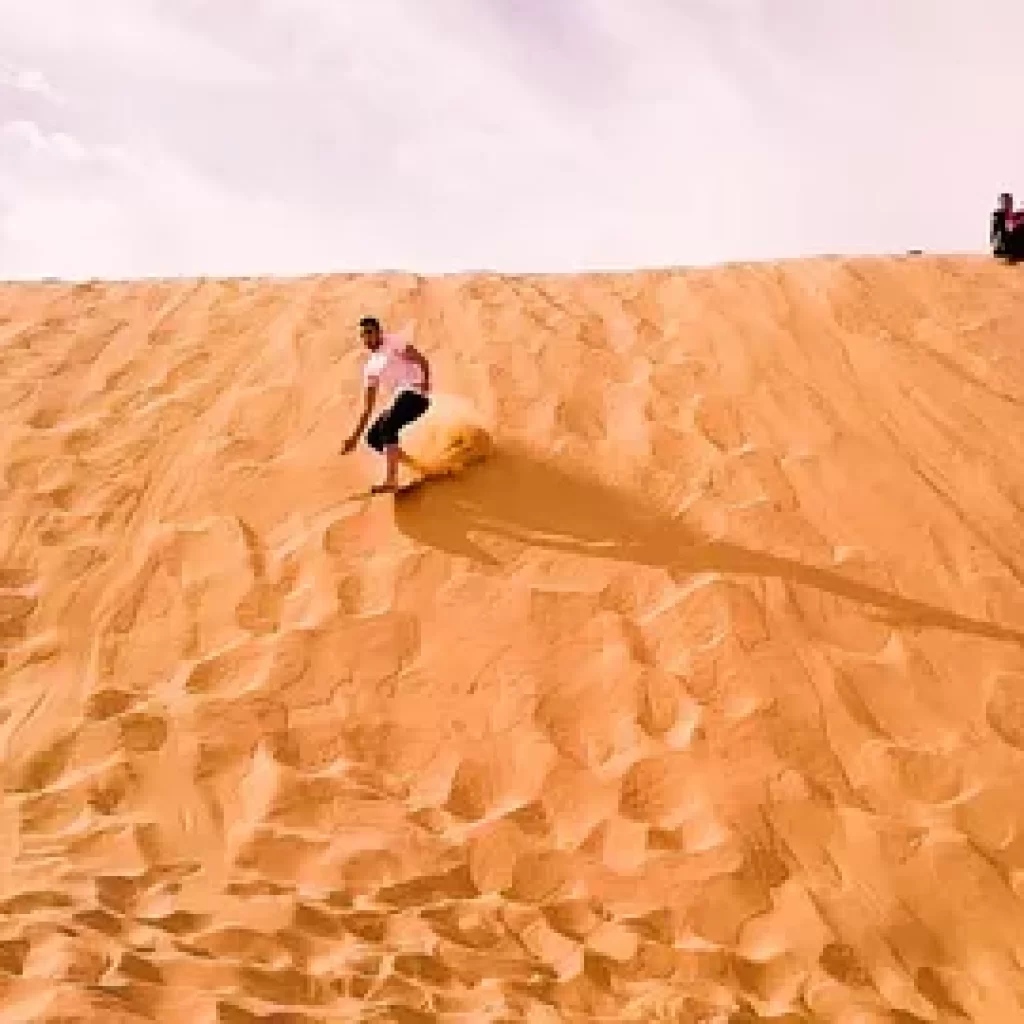
Located within El Fayoum Depression, a rain-fed depression 60km southeast of El Fayoum city, Wadi Rayan Nature Reserve protects over 30,000 acres of valley landscapes. Some key facts:
- Designated a nature reserve in 1983, it’s one of Egypt’s most important wetlands and inhabited by over 200 bird species.
- Best visited November-March when seasonal rains fill streams, waterfalls and shallow lakes attracting migrating birds.
- Accessible from El Fayoum city via three access roads taking 1-2 hours to reach different valley sections.
- Ranger station provides hiking maps, permits and advice on wildlife viewing spots and picnic areas amid lush orchards and groves.
- Overnight desert camping not permitted but luxury eco-lodges alongside valleys offer overnight stays with guided hiking itineraries.
With such beauty preserved amid Egypt’s arid expanses, Wadi Rayan rewards exploration along varied desert hiking trails.
Unique Ecosystem Along Wadi Watercourses
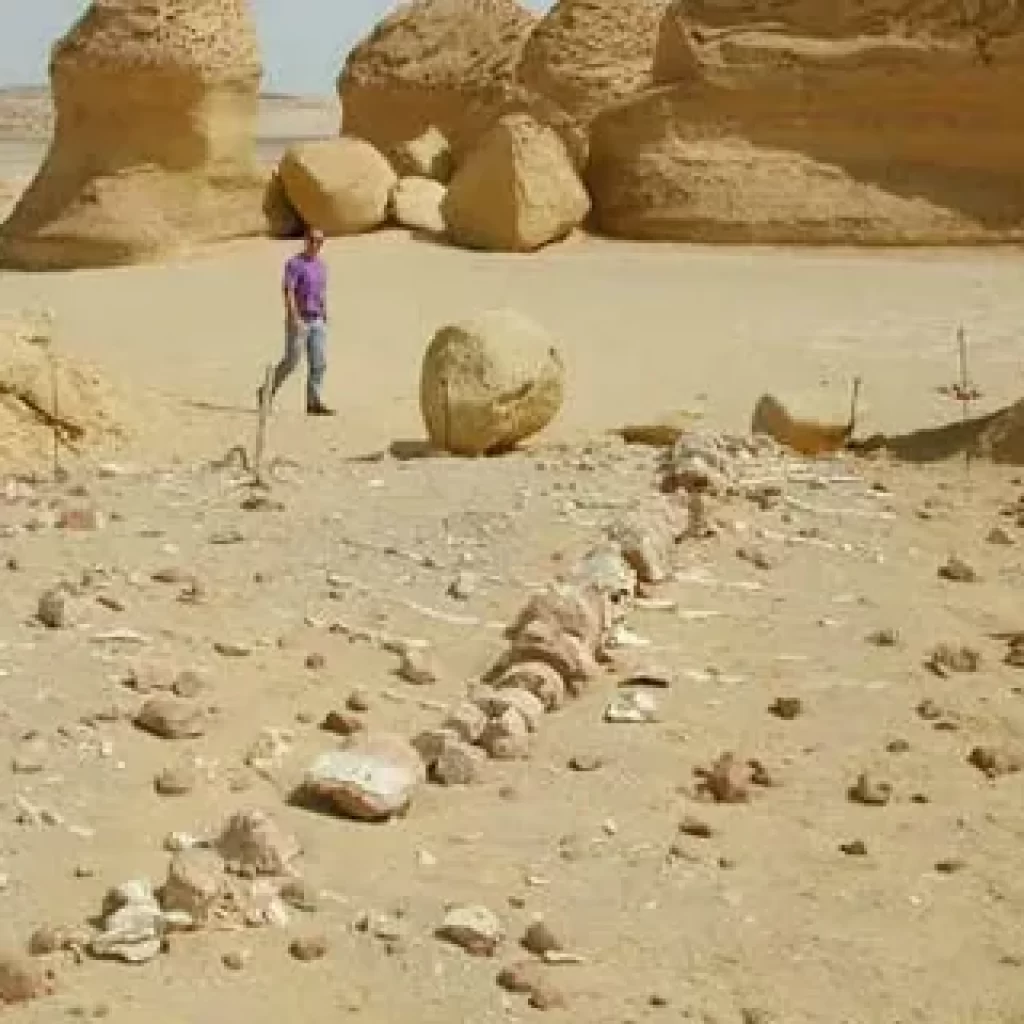
Water flowing from rain catchment basins and seasonal streams have carved out steep limestone gorges sheltering rare flora and fauna, including:
- Orchards of palm, fig, olive and carob trees thriving on valley floor thanks to reliable water sources.
- Riverine forests of tamarisk, acacia and poplar trees lining waterways supplying cover for birds and animals.
- Endangered mountain gazelle and red fox living alongside rock hyraxes, wild boars and jackals in side canyons.
- Over 200 bird species spotted including storks, herons, kingfishers, kestrels and migratory ducks on lake shorelines.
Witnessing such lush, lively biodiversity within an Egyptian desert context is truly remarkable.
Wonder of Wadi El Assuit Hiking Trail
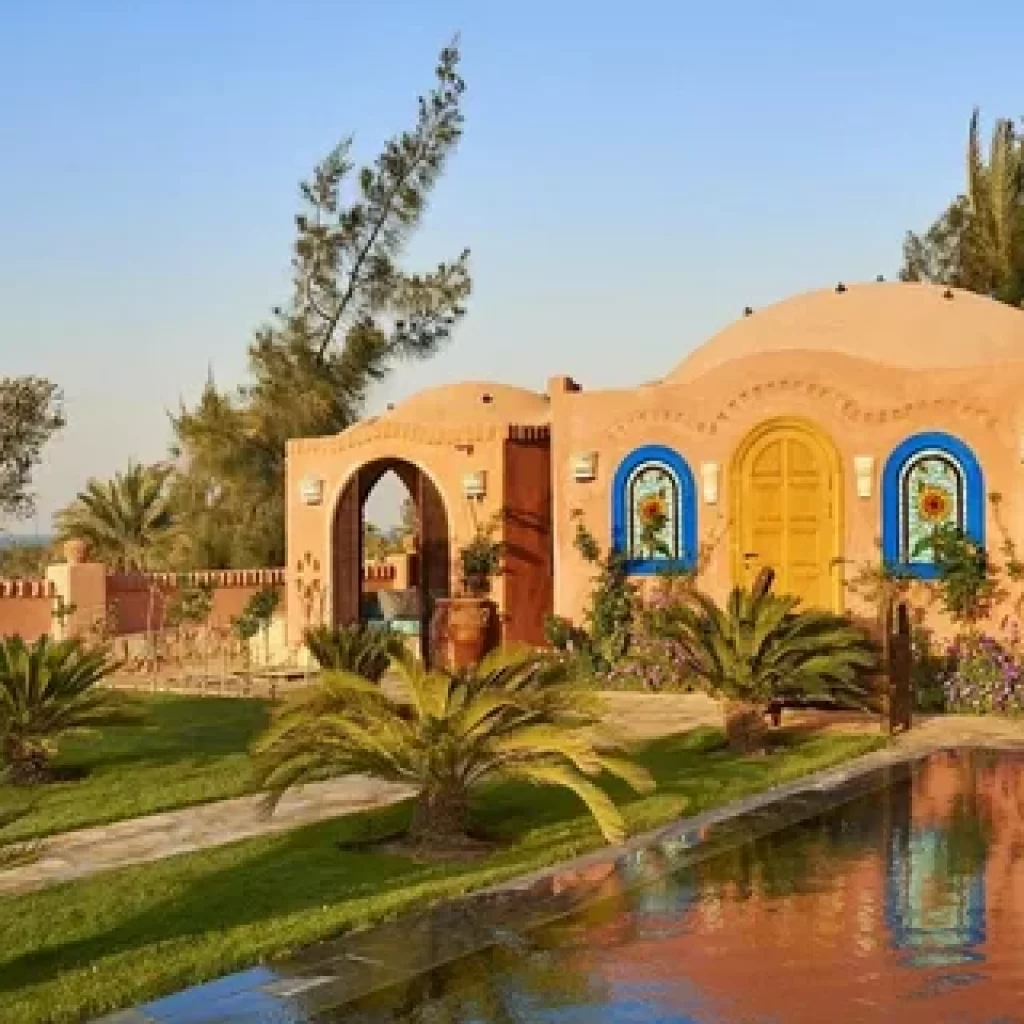
One of Wadi Rayan’s most spectacular routes is the 6km loop trail along Wadi El Assuit canyon floor. Hike among:
- Towering limestone cliffs carved with caves and terraces reaching over 50m high in places.
- Rushing waterfalls cascading between tiers of stone creating sparkling rock pools below.
- Verdant vegetation fringing the banks including weeping willows trailing into azure waters.
- Chances to spot Nile monitor lizards basking on rocks and birds sweeping low over reed thickets.
Take your time absorbing the stunning natural scenery and serenity along this unforgettable desert trail.
Majesty of Wadi El Hitan Valley
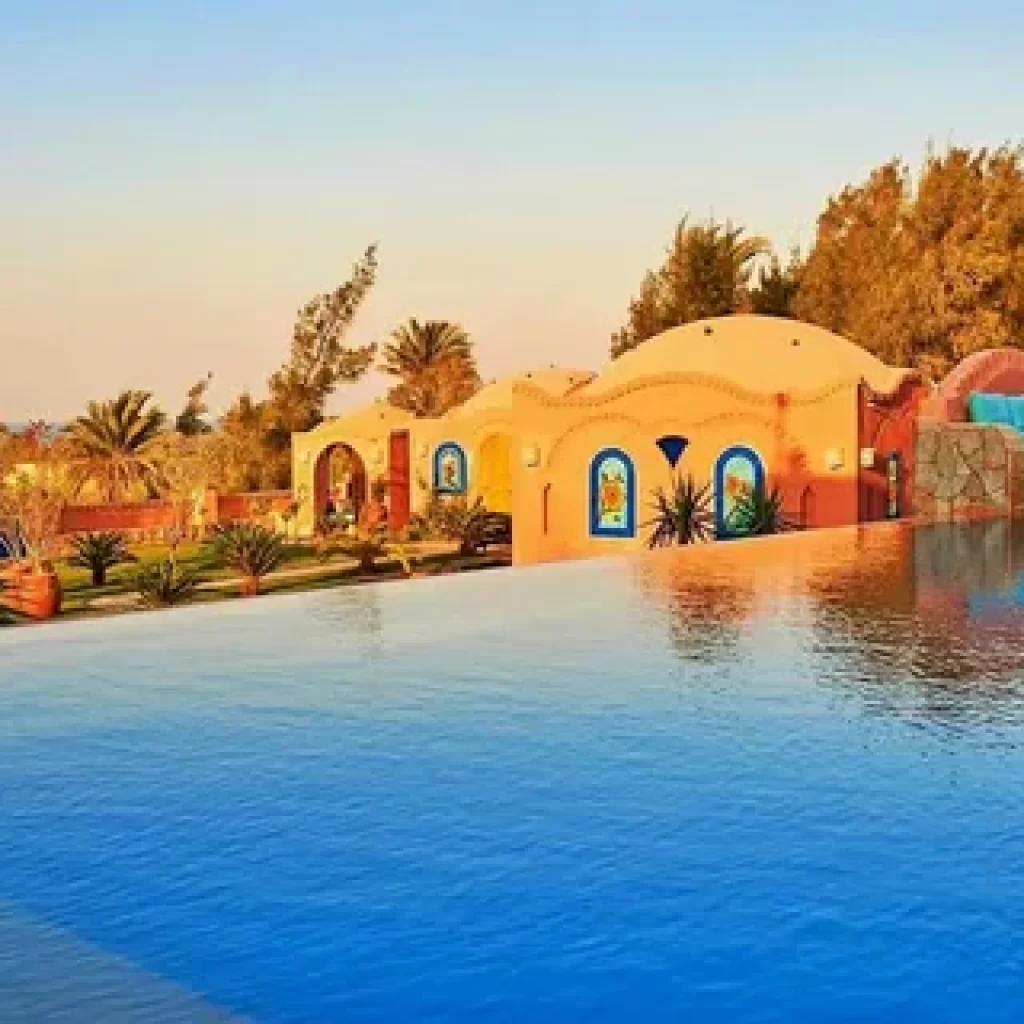
Branching north from the main Wadi Rayan valley lies a geological treasure – Wadi El Hitan (Valley of Whales). Home to:
- Fossilized whale skeletons lining valley walls in their dozens, the largest exposures of ancient whales in the world.
- Over 80 species identified from the Late Eocene period around 40 million years ago when the region was submerged under sea.
- RisingBadr ash Sheikh escarpment showcases whale vertebra and ribcage fossils jutting from eroded cliff faces.
- Nearby Gebel Qatrani visitor center provides fossil exhibits, guided hiking to discovery sites and explanations from paleontologists.
Here are some additional details about exploring Wadi Rayan:
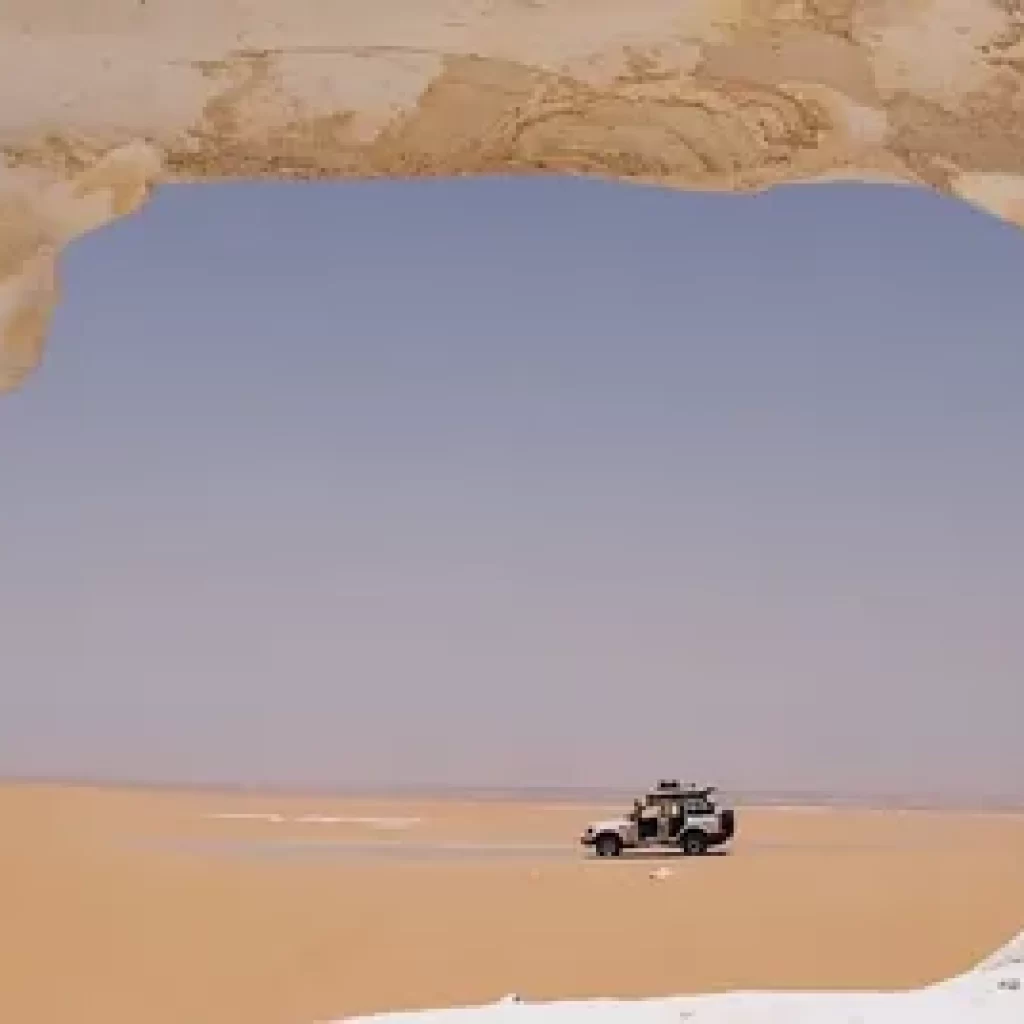
- Consider an overnight stay at one of the eco-lodges like Rayan Orchards Lodge, made of local stone with permaculture gardens and hiking guidance.
- Pack hiking shoes, swimming gear if visiting in winter, binoculars, camera and picnic snacks for enjoying the trails.
- Watch for birds like laughing doves, hoopoes and rollers along valley edges and wading in shallow lakes or streams.
- Take a guided night hike along Wadi El Assuit for a chance to spot shy foxes and hear hyraxes calls echoing off cliffs under a starry sky.
- Visit fossil sites like Rimal near Wadi El Rayan town center containing whale, crocodile, turtle and fish imprints from underwater forests.
- Stop at Bedouin-run stalls selling homemade jams, dates and handicrafts, learning about traditional El Fayoum practices.
- Consider multiday excursions combining Wadi Rayan with other attractions like El Fayoum’s Qarun Lake and royal pyramids.
- Inquire about volunteer opportunities through the Egyptian Environmental Affairs Agency to help with habitat conservation efforts.
Let me know if you need recommendations for guides specialized in geology, ornithology or desert flora to enhance your experience of this very special Egyptian ecosystem.
Here are some of the top fossil sites worth exploring in Wadi Rayan:
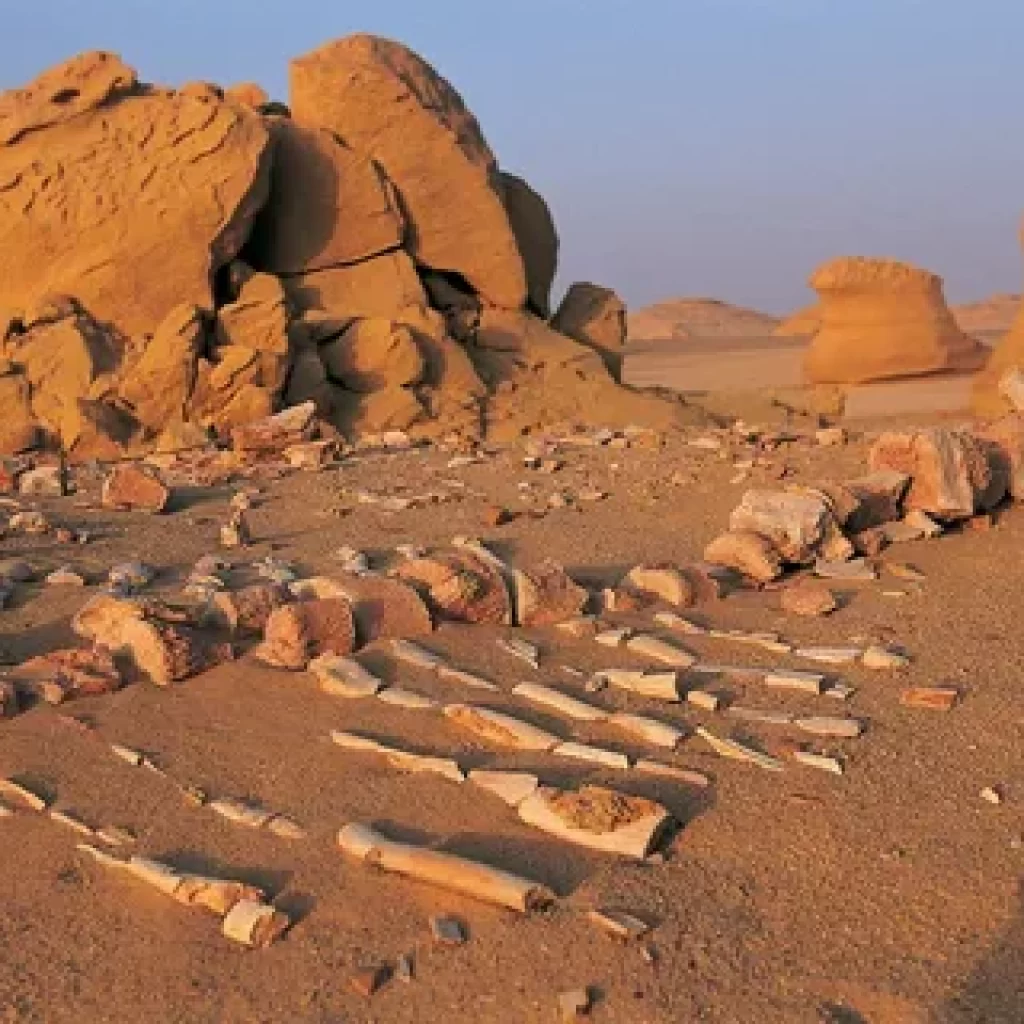
- Wadi El Hitan Valley (Whale Valley) – As mentioned, the world’s richest whale fossil beds, with fossilized Basilosaurus and Dorudon whales along escarpments.
- Gebel Qatrani Visitor Center – On-site museum and guided hikes to accessible whale fossils along foothills and jebels behind the center.
- Rimal Fossil Site – Contains diverse fossils including whales, crocodiles, turtles and fish impressions preserved in limestone showing an ancient seabed.
- Al Qarun Quarries – Abandoned stone quarries where fossils of sea urchins and corals can be spotted in stratified rock faces.
- Badr Waterfalls – Along a seasonal stream are fossil whale ribs, skulls and vertebrae eroding out from a low sheltered canyon.
- Wadi El Rayan Towhead – Large exposed whale skulls, ribs and limb bones scattered on the valley floor near Wadi El Rayan head region.
- Gebel El-Teir – Isolated mountain by Wadi Umm Aqarqar features cliffside fossils of whale flippers, fish and assorted marine life.
- Gebel Qasr el Sagha – Outstanding marine fossils embedded here including whale vertebrae, mollusks and corals dating to Eocene epoch.
Visiting multiple spots offers the most well-rounded experience appreciating Wadi Rayan’s incredible fossil diversity. Guides can explain each site’s unique paleontological treasures.
For someone primarily interested in marine fossils from the Eocene period, I would highly recommend starting at the Gebel Qatrani Visitor Center and fossil sites in Wadi El Hitan as the top priority in Wadi Rayan.
Some key reasons why:
- Accessibility – Gebel Qatrani is very well-set up for visitors with on-site exhibits, guides and clearly marked hiking trails to fossils. It’s easy to spend an informative morning/afternoon here.
- Diversity – The surrounding hills and wadis within walking distance contain a dazzling array of fully exposed marine fossils including whales, fish, sharks, turtles, dolphins and shelled creatures.
- Preservation – Many fossils at Gebel Qatrani and Wadi El Hitan are intact and impressively displayed in the eroded cliff faces, offering clear insights into the diversity of the ancient sea life.
- Context – Guides here do an excellent job of painting the scene of what this region looked like 40 million years ago as a tropical sea, and the importance of the fossils.
- Follow Up – After Gebel Qatrani, one could then spend time exploring more dispersed fossils at Rimal, Al Qarun or Badr Waterfalls with deeper appreciation.
In conclusion, the Wadi Rayan Protected Area, nestled within the El Fayoum Depression, stands as a testament to the extraordinary beauty and biodiversity that can be found within Egypt’s desert landscape. As a designated nature reserve, Wadi Rayan is not only a haven for rare wildlife and lush vegetation but also a place of profound natural significance. Its winding trails, cascading waterfalls, and verdant valleys offer visitors a glimpse into a world untouched by the passage of time.
Moreover, Wadi Rayan serves as a vital reminder of the importance of conservation efforts in preserving our planet’s natural treasures. In the face of environmental challenges, such as climate change and habitat destruction, places like Wadi Rayan are more valuable than ever, serving as sanctuaries for both wildlife and humans alike.
As stewards of this planet, it is our responsibility to ensure that places like Wadi Rayan continue to thrive for generations to come. By supporting conservation initiatives and sustainable tourism practices, we can help safeguard the fragile ecosystems that make places like Wadi Rayan Nature Reserve so special.
Nestled within the vast expanse of the Egyptian desert, amidst the rugged terrain of the El Fayoum Depression, lies the enchanting sanctuary of Wadi Rayan. Here, in this remote and serene landscape, nature’s enduring power and resilience are on full display. Wadi Rayan emerges as a beacon of wonder, offering visitors a profound sense of tranquility and an unparalleled encounter with untamed beauty.
As one ventures into the heart of Wadi Rayan, the landscape unfolds like a tapestry woven by the hands of time. Towering cliffs and rocky outcrops rise majestically from the desert floor, casting long shadows in the shifting light. The air is filled with the symphony of nature, as birdsong mingles with the gentle rustle of leaves and the soothing rush of water from hidden springs.
Wadi Rayan is a place of contrasts, where the harshness of the desert is softened by pockets of lush greenery and sparkling waterfalls. It is a place where life flourishes in unexpected abundance, showcasing the incredible diversity of the natural world. Here, amidst the arid sands, vibrant ecosystems thrive, providing a home for a rich variety of plant and animal species.
But perhaps most remarkable of all is the sense of tranquility that pervades every corner of Wadi Rayan. Far removed from the noise and chaos of modern life, this pristine wilderness offers a rare opportunity for quiet contemplation and reflection. It is a place where time seems to stand still, allowing visitors to connect with the rhythms of nature and find solace in its timeless embrace.
Indeed, Wadi Rayan serves as a poignant reminder of the profound beauty and resilience of the natural world. It is a place where the forces of nature continue to shape and sculpt the landscape, crafting scenes of breathtaking beauty that stir the soul and inspire awe. And as visitors wander through its winding trails and hidden valleys, they cannot help but be captivated by the sheer majesty of this extraordinary place.
In a world that is increasingly dominated by human activity, Wadi Rayan stands as a sanctuary for both wildlife and weary souls alike. It is a place of refuge, where the spirit can find renewal and the heart can find peace. And as we marvel at the wonders of Wadi Rayan, we are reminded of the preciousness of our natural heritage—and the urgent need to protect and preserve it for generations to come.





Comment (0)